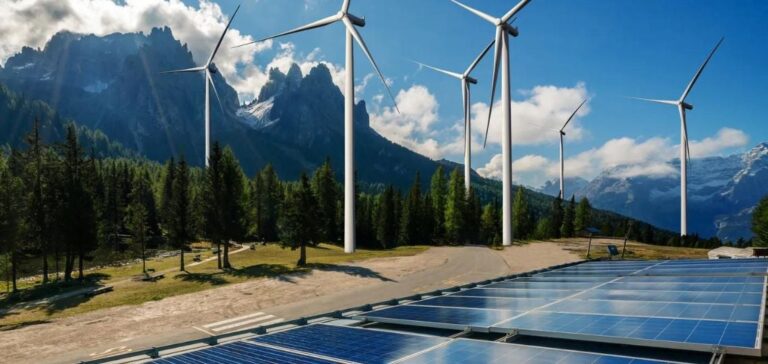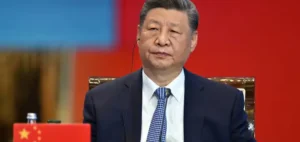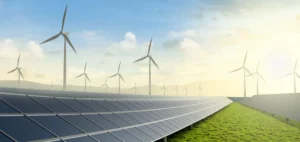Renewable energies continue to strengthen their position in the U.S. energy mix, reaching 26% of electricity production in the first half of 2024, according to the U.S. Energy Information Administration (EIA).
This is largely due to an increase in solar and wind generation, which together provide 18.6% of total electricity.
Solar power, in particular, saw its output rise by 26.3%, consolidating its share at nearly 7% of national production.
Both large-scale and residential solar installations made a significant contribution to this increase.
Wind power, although at a more moderate pace of installation, still recorded an 8.2% increase in production compared to the same period in 2023.
This recovery comes after a year of lower-than-expected production in 2023.
Wind power thus continues to play a crucial role, despite a more pronounced production variability than solar power, often due to weather conditions.
Effects of renewables on electricity prices
The boom in renewable energies in the United States is having a direct impact on electricity prices.
In the first half of 2024, wholesale electricity prices, particularly in the daytime energy market, recorded a decline of almost 14% year-on-year, averaging $38/MWh.
This trend is largely attributed to the increased supply of renewable energy, particularly at peak times, which has reduced pressure on production costs. The adoption of favorable policies, notably the Inflation Reduction Act, is further accentuating this dynamic by making investment in renewable energies more attractive to market players.
This economic and legislative context is encouraging an acceleration in solar and wind power projects, consolidating the energy transition underway in the United States.
Short- and medium-term outlook
The solar energy sector looks set for another record year in terms of installed capacity, with ever-increasing demand for both large- and small-scale photovoltaic installations.
This segment continues to take a significant share of the US energy mix, positioning solar as a key player in electricity generation.
At the same time, although wind power is growing at a slower pace, it maintains its strategic importance, particularly during periods of high production linked to favourable weather conditions.
The resilience of wind power, despite annual fluctuations, remains a major asset for the diversification of energy sources in the United States.
The ongoing integration of renewable energies is changing the American energy landscape, with significant impacts on grid management strategies and power producers’ business models.
Infrastructure challenges, in particular the integration of variable energies, require innovative solutions to ensure grid stability while continuing to increase the share of renewable energies.






















